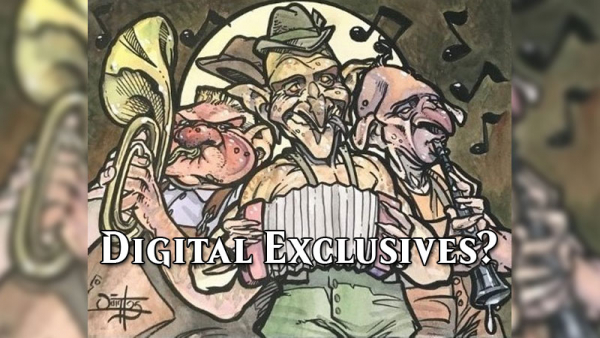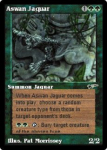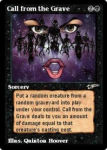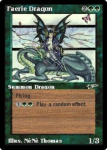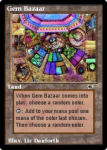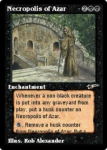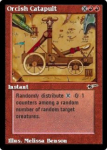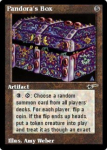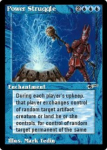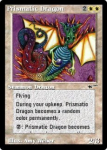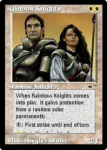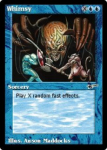Digitally-exclusive Magic: The Gathering cards are coming to Arena, but it won't be the first time Wizards of the Coast has made such a move.
Digitally-exclusive Magic: The Gathering cards are coming to Arena, according to a report from IGN. While that might seem odd, it actually won't be the first time Wizards of the Coast has made such a move.
In fact, and this may come as a surprise for more recent players, the first time WotC did this was in the 1997 Microprose PC game Magic: The Gathering (also known by it's nickname, Shandalar, based upon the plane on which the game takes place).
In addition to the 465 "real" MTG cards, Shandalar had its own exclusive 12-card set of digital-only cards. Known as the Astral set, they had their own set symbol (a falling star) and incorporate various random attributes that would more-or-less impossible to replicate in real life.
WATCH: "Magic & MicroProse: A look back at the first Magic: The Gathering computer game"
While most of these cards exist only within this game, the first 50,000 boxes published contained an oversized version of the card "Aswan Jaguar", which has the MicroProse logo printed between the name and cost.
Though one card, Aswan Jaguar, did technically see a physical printing in the form of an oversized promotional card. The card was distributed along with the first 50,000 copies of the MicroProse computer game.
Fast forward a couple of years, and we have the SEGA-made Magic: The Gathering game for Dreamcast.
WATCH: "That one time when 'Magic: The Gathering' was released as a Dreamcast exclusive"
Released in 2001 exclusively in Japan, the game not only had a roster of cards from Sixth Edition, Tempest, and Alliances, it also boasted its own small set of 10 digitally exclusive cards. Like with the Astral cards found in Shandalar, these Dreamcast-exclusive digital cards use random effects that would be difficult to implement on printed cards.
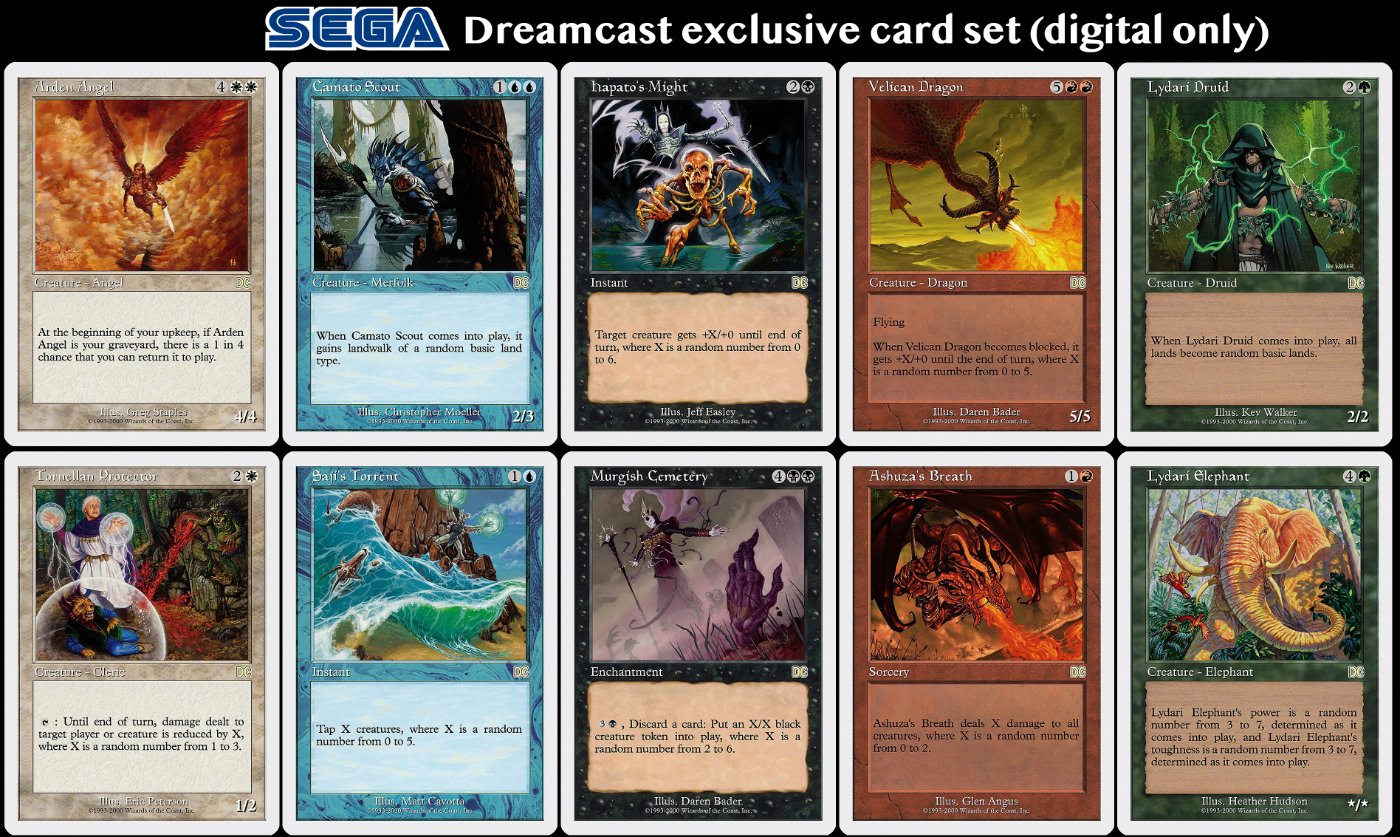
Even more recently, digital exclusive Magic: The Gathering cards have been seeing "print," though these have been a bit less conventional. One such example is with Magic: The Gathering Online and the Kaldra Avatar token creature.
Says WotC, "The important thing is that the ability on Helm of Kaldra doesn't summon the actual Kaldra. Instead, an avatar of Kaldra is brought forth. So there's no picture of the fully corporeal Kaldra. However, art was commissioned for the Kaldra token for Magic Online, wielding all of its equipment."
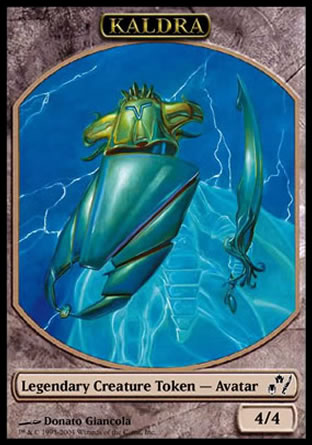
Despite the Kaldra equipment cards all existing in paper form, the Kaldra Avatar token is a digitally exclusive card found only on MTGO.
 Also on MTGO are digitally-exclusive cards for MTG's Vanguard format, which was a casual format introduced early on in the game's Weatherlight Saga story arc. These new, digitally exclusive Vanguard cards on MTGO took the form of player avatars. When playing the format online, players would add a Vanguard card to their your deck before playing, and at the start of the game, the avatar card from your deck would start in play for you and applied the modifications listed on it.
Also on MTGO are digitally-exclusive cards for MTG's Vanguard format, which was a casual format introduced early on in the game's Weatherlight Saga story arc. These new, digitally exclusive Vanguard cards on MTGO took the form of player avatars. When playing the format online, players would add a Vanguard card to their your deck before playing, and at the start of the game, the avatar card from your deck would start in play for you and applied the modifications listed on it.
It should be noted, in terms of the Vanguard cards, that rules text and hand size/life total modifiers for Vanguard avatars have been discontinued as of Zendikar. Despite this, players may continue to play the format with previously released avatars.
Now, in getting back to MTGA, and its functionally unique and digitally exclusive Magic: The Gathering cards, it's nothing the collectible card game hasn't seen already. This decision might be a flash in the pan. It might be one that's around for the long haul. Either way, it's nothing new.
Love them or hate them, digitally exclusive MTG cards have been around since some of the CCG's earliest days. And we likely haven't seen the last of them yet.


